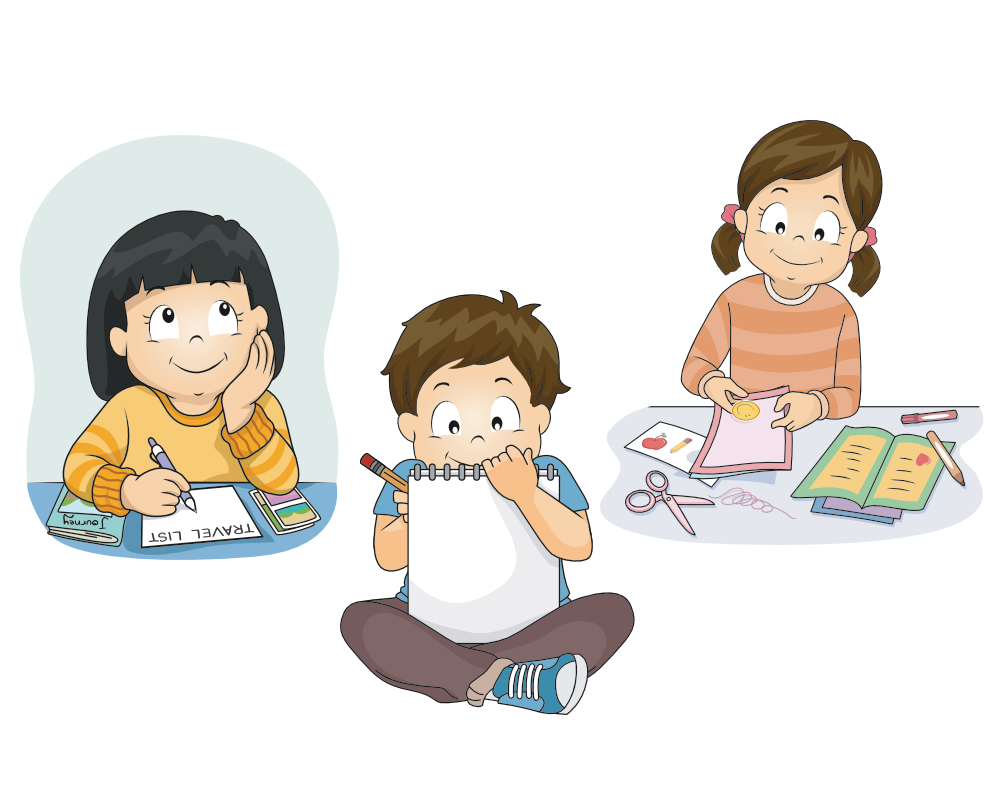
Did You Know?
Every family’s story is unique in some way. A family album or scrapbook project encourages families and children to share the stories that are meaningful to them.
As family members and children work together to create an album, they can engage in conversations around their families’ heritage and customs. Children can select special items to include in the scrapbook to help tell the family’s story. In the process, children learn more about themselves, build a sense of identity, and feel proud of their unique backgrounds.
Family albums can also serve as a way to preserve meaningful events and to store memories that might otherwise be lost. As children share their family albums with one another, they have an opportunity to celebrate and gain an appreciation for the similarities and differences that exist among all of us. What a fun way for children to learn more about themselves and for you to learn more about the children and families in your program.
Try It: Family Albums to Last a Lifetime
To create a family album project in your setting, download the Family Album and Scrapbook activity. The instructions include the My Family’s Album template and a sample letter to share with families. The letter is intended to help families understand the project and support them to be active participants in creating a family album with their children.
You are invited to adapt the template and the letter to suit your own creative ideas and to meet the unique needs of the children and families you serve.
Most importantly, encourage everyone to have fun along the way!


Resources to save and share
Check out these resources on family journals, stories, and oral history.
Listen
You are invited to listen to an interview with screenwriter and director Dee Rees from the National Public Radio program, Fresh Air. In the interview, Ms. Rees describes her grandmother’s journal and photographs. She talks about the important influence they had on her work as a screenwriter. Think about how your work with children may influence their careers and success much later in their adult lives.
If you are limited for time, the transcript of an excerpt from the interview includes the description of Ms. Rees’ grandmother’s influence on her work.
- Full interview
- Transcript of excerpt from interview
Read
This Reading Rockets’ article, Family Stories explains the importance of family stories as a way of connecting with families.
You will find links to other articles on Community Stories, Oral Histories and a video interview with author, Patricia Polacco, too.
The Smithsonian Folklife and Oral History Interviewing Guide encourages us to use interviews and conversations as a way of preserving family history. Tips for conducting interviews with family members are included. While the information is geared toward adults, consider ways you can use the ideas with children of all ages.
Share
There are several books that can be shared with children on the subject of family heritage and traditions. A few to consider include:
- The Keeping Quilt – by Patricia Polacco
- Aunt Flossie’s Hats (and Crab Cakes Later) – by Elizabeth Fitzgerald Howard
- The Matchbox Diary – by Paul Fleischman
Comics are a fun ways to tell a story. Draw blank squares on a sheet of paper to create a simple template for creating comic strip, or “panel,” stories.

